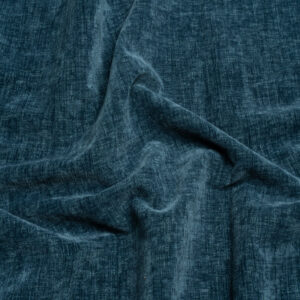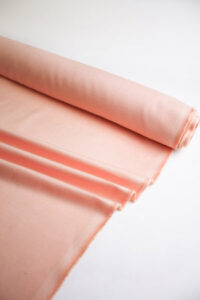Can You Recycle Nylon and Velvet Fabrics? Fabric Compatibility Explored
Introduction
In fashion and sewing, fabric compatibility is crucial for creating garments that are both aesthetically pleasing and functional. Understanding how different fabrics work together can significantly impact the final product. This article explores the compatibility of nylon and velvet fabrics, offering insights into their properties, benefits, and challenges when combined. Readers will learn how to effectively mix these materials in various applications.
Compatibility Analysis
Can you mix nylon and velvet fabrics? The answer is a qualified yes. While these fabrics can be combined, understanding their distinct characteristics is essential for successful pairing.
Nylon is a synthetic fiber known for its strength, elasticity, and resistance to abrasion. Velvet, on the other hand, is a woven fabric characterized by its soft, plush texture. The key to their compatibility lies in balancing their differences. Texture is a significant factor; nylon’s smoothness contrasts with velvet’s pile, creating an interesting tactile combination. However, weight and stretch must be considered—nylon is generally lighter and more elastic than velvet, which can affect drape and movement if not managed properly. Both fabrics require specific care, with nylon being more durable and requiring less maintenance than velvet.
Fabric Properties Comparison Table
| Property | Nylon | Velvet |
|---|---|---|
| Fiber Content | Synthetic | Natural/Synthetic Blend |
| Weight and Thickness | Light | Medium to Heavy |
| Breathability | Low | Moderate |
| Stretch and Elasticity | High | Low |
| Wrinkle Resistance | High | Moderate |
| Care Instructions | Machine wash cold | Dry clean recommended |
| Durability | High | Moderate |
Benefits of Mixing These Fabrics
Combining nylon and velvet can enhance texture and visual interest, offering a unique blend of smoothness and plushness. The elasticity of nylon can improve comfort and performance, providing garments with better movement and flexibility. This pairing can also be cost-effective, as nylon is generally less expensive than velvet. Additionally, the combination offers seasonal versatility, suitable for both warm and cool weather. Design possibilities are vast, allowing for creative experimentation in fashion and home decor.
Potential Challenges
There are challenges to consider when mixing nylon and velvet. Different shrinkage rates can lead to uneven seams, while conflicting care requirements might complicate maintenance. Texture clash or pilling can occur if the fabrics rub against each other excessively. Seam puckering is another potential issue, especially if the fabrics are not sewn with appropriate techniques. Color bleeding or fading might also be a concern, particularly with velvet. To address these challenges, pre-washing fabrics, using appropriate stabilizers, and selecting the right sewing techniques are essential.
Sewing & Styling Tips
When sewing nylon and velvet together, using a fine needle and polyester thread is recommended to prevent snagging. Interfacing can help stabilize velvet, while a walking foot can ensure even feeding of the fabrics. Seam finishing methods such as serging or binding can prevent fraying. When selecting patterns, opt for designs that accommodate the weight and drape of both fabrics. Styling ideas include pairing a velvet jacket with nylon pants for a chic contrast, or using nylon accents on velvet cushions for home decor.
Care & Maintenance Guide
For washing, use cold water and a gentle cycle for nylon-velvet blends, or consider professional cleaning for delicate items. Air drying is preferable to prevent heat damage. Ironing should be done with care, using a low setting and a pressing cloth to avoid crushing velvet’s pile. Stains should be treated immediately, with specific products suited to each fabric type. Long-term care involves storing garments in a cool, dry place to prevent damage.
FAQ Section
-
Can you wash nylon and velvet together?
Yes, but use a gentle cycle and cold water to minimize damage. -
Will nylon shrink more than velvet?
Nylon is less prone to shrinkage compared to velvet. -
What needle size should I use for sewing these fabrics together?
A size 70/10 needle is suitable for both fabrics. -
Can you mix nylon and velvet in one garment?
Absolutely, with careful consideration of their properties. -
How do you prevent seam puckering when combining these fabrics?
Use a walking foot and appropriate tension settings. -
Is it okay to mix nylon and velvet for upholstery?
Yes, but ensure the fabrics are suitable for the intended use. -
What’s the best way to finish seams with these fabrics?
Serging or binding helps prevent fraying.
By understanding the nuances of nylon and velvet, you can create stunning, durable garments and decor items that leverage the best of both worlds.



Leave a Reply